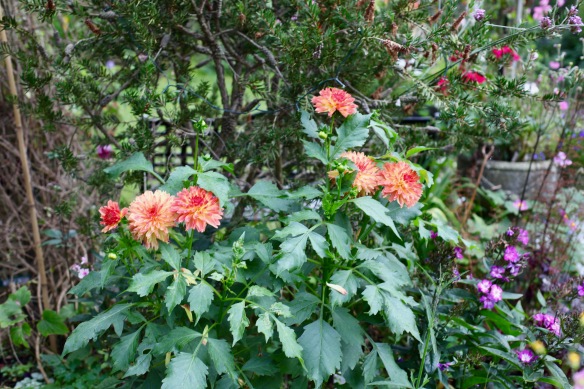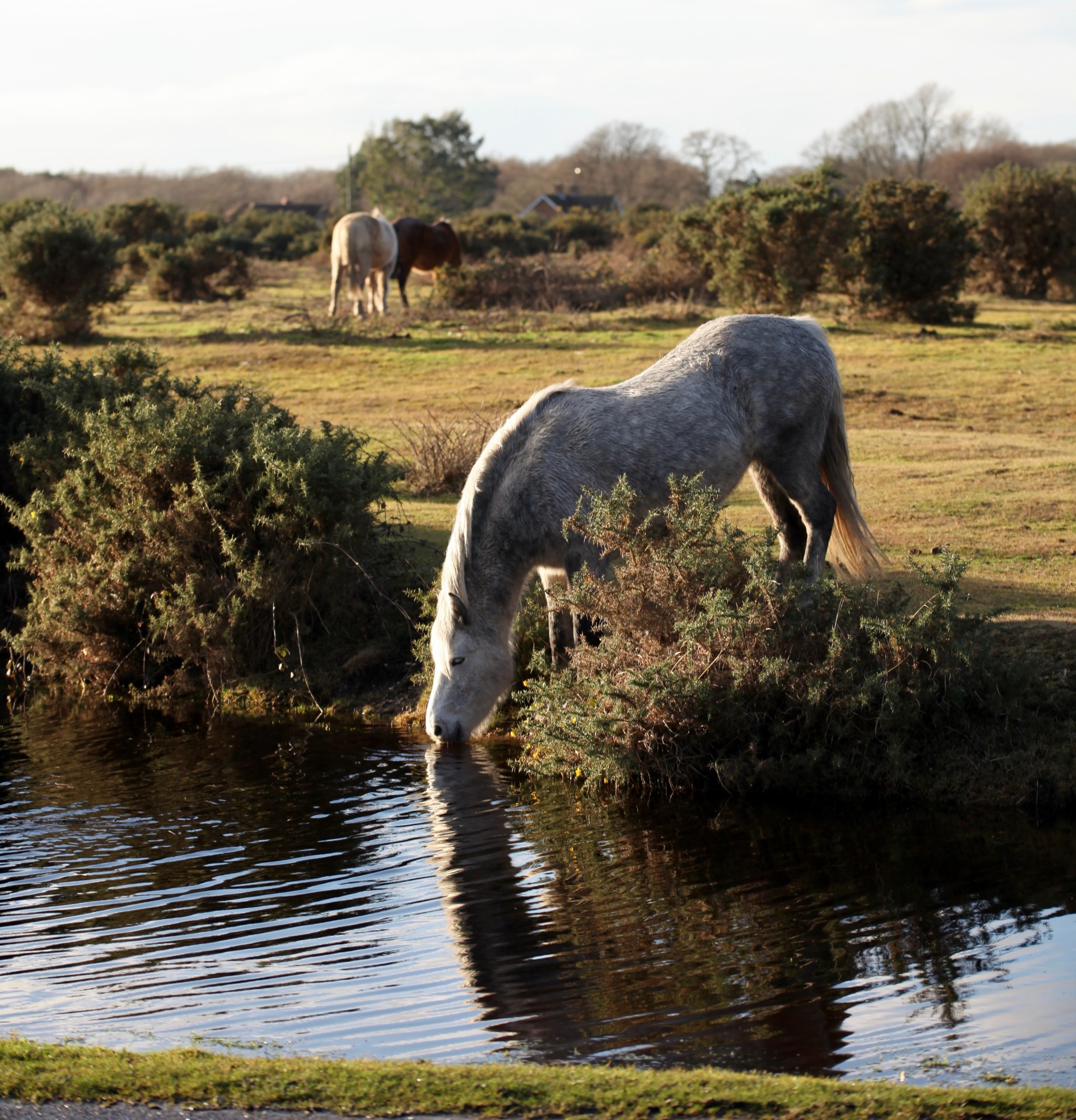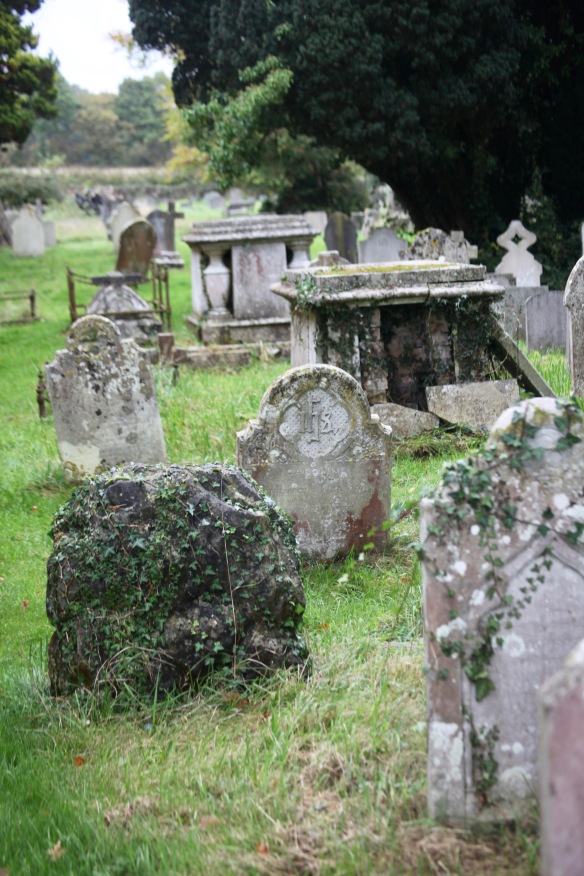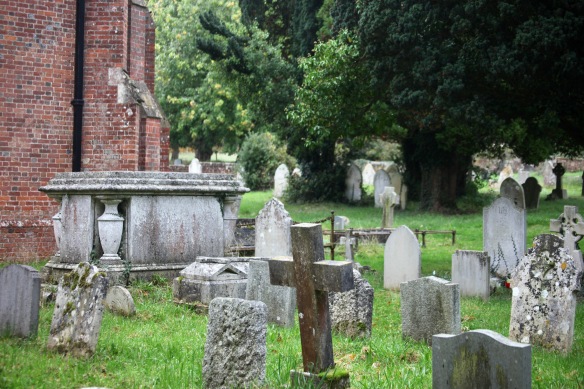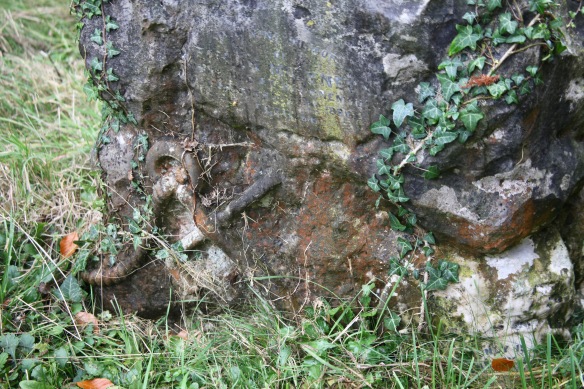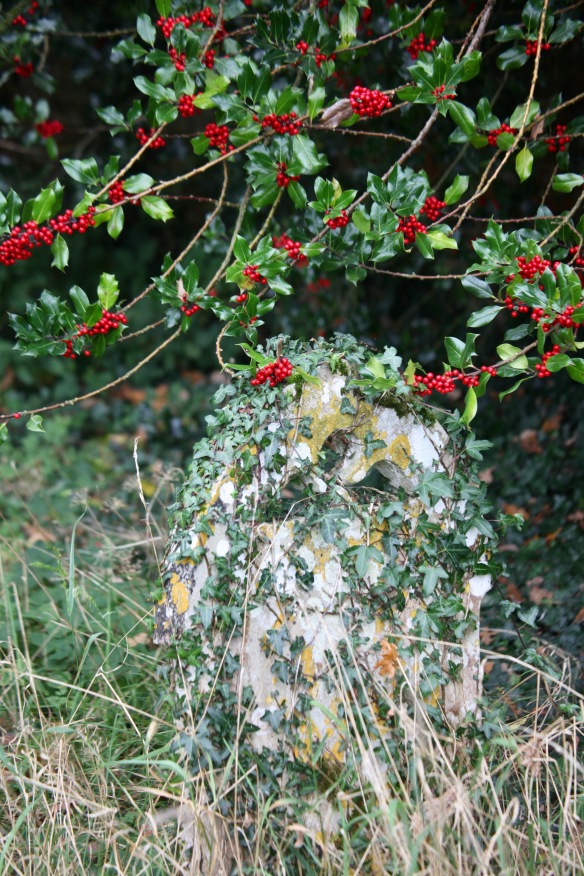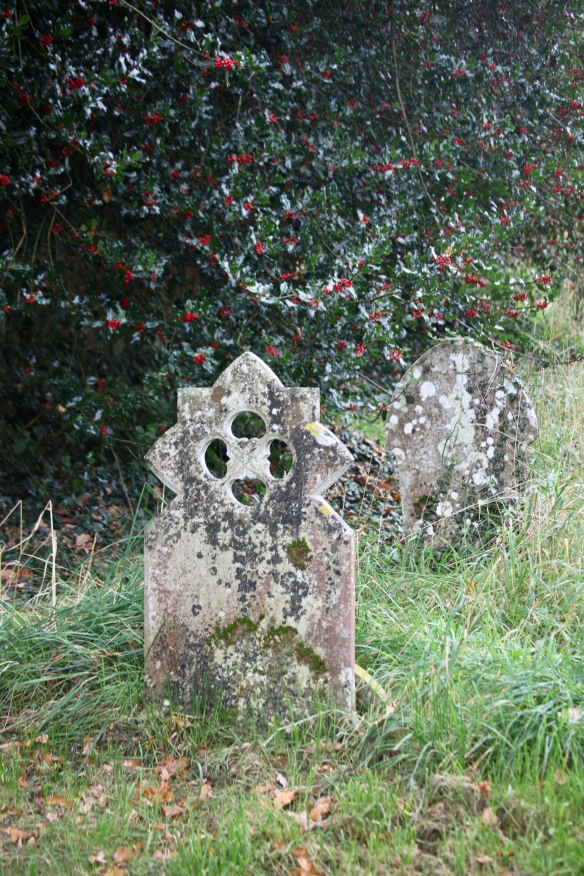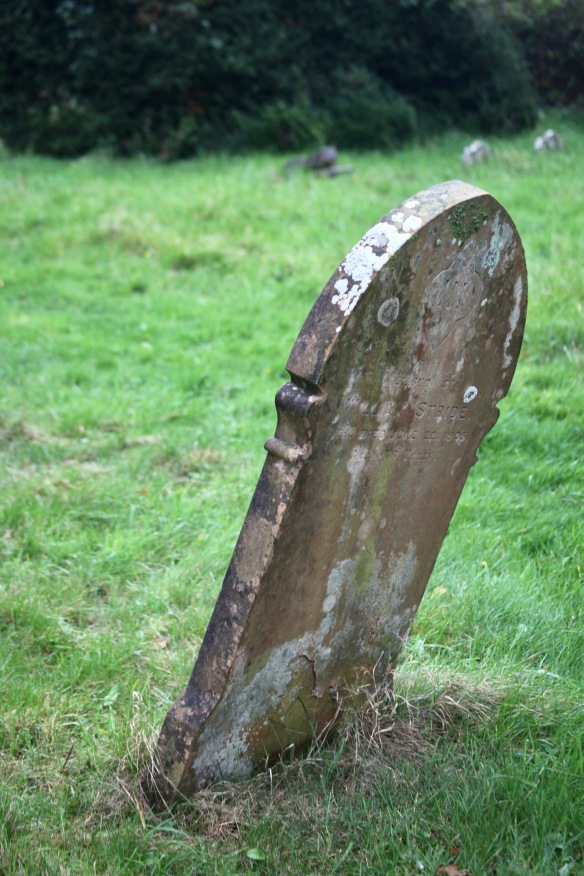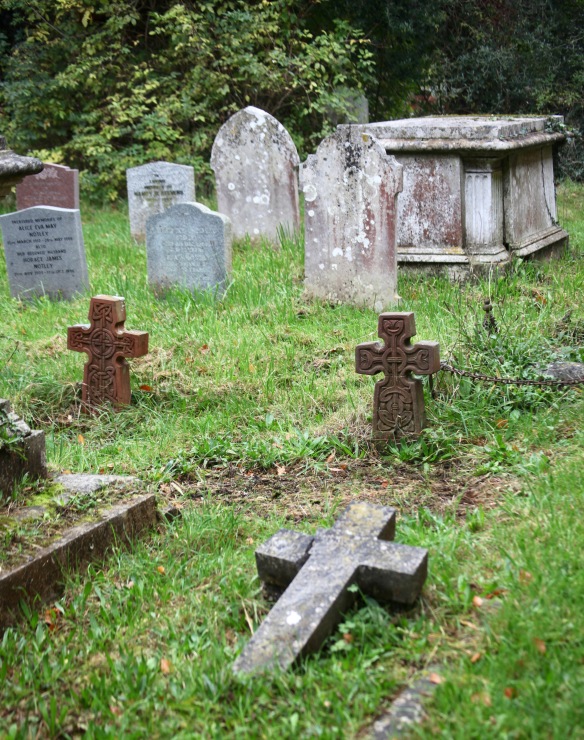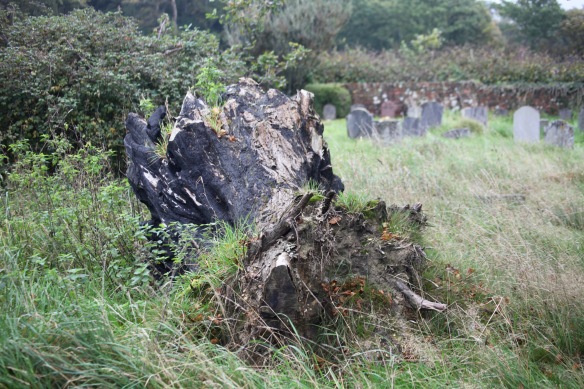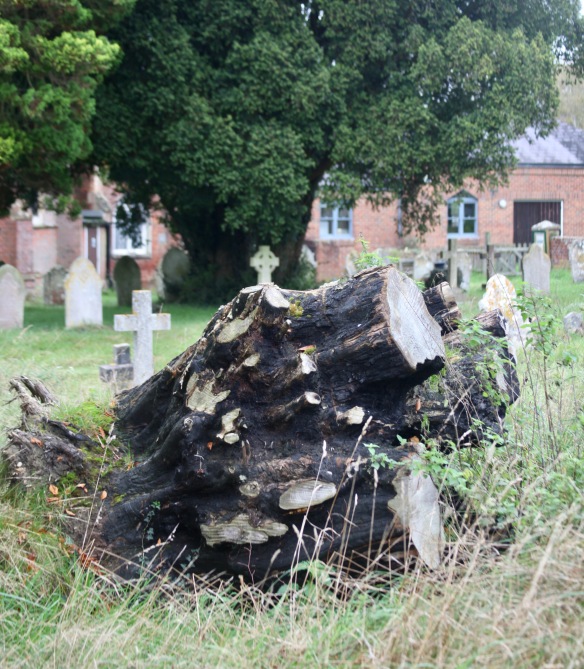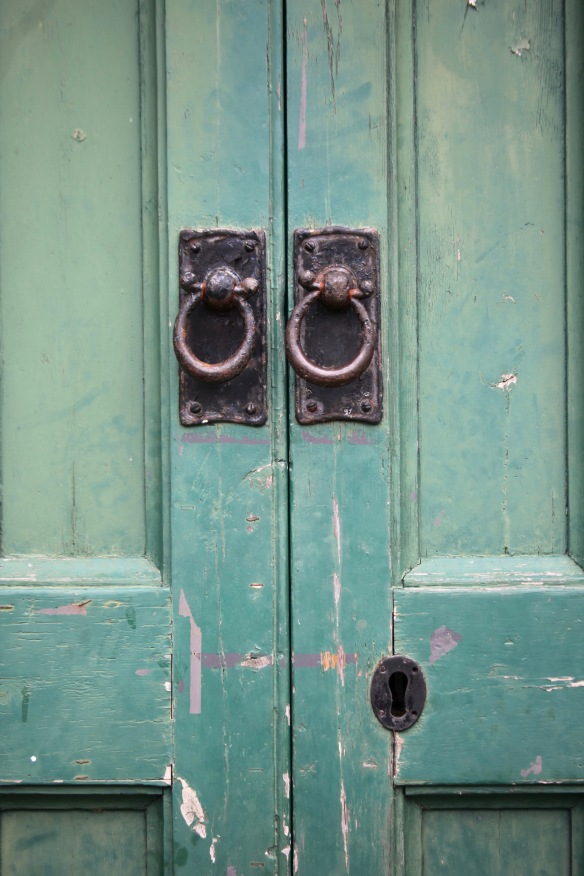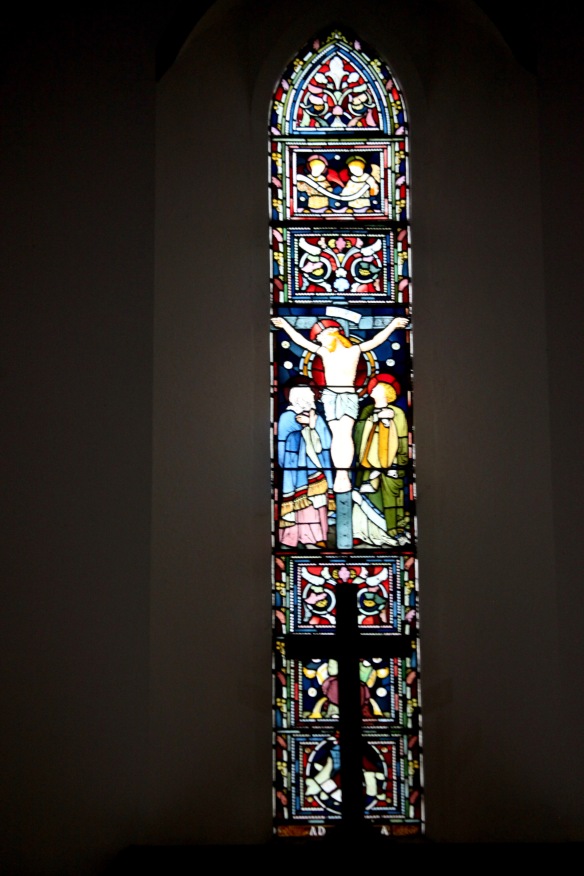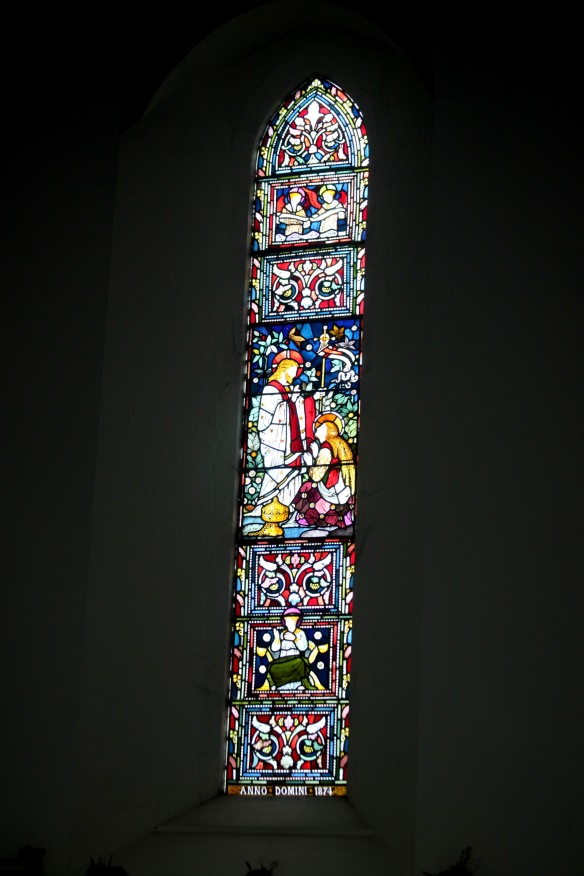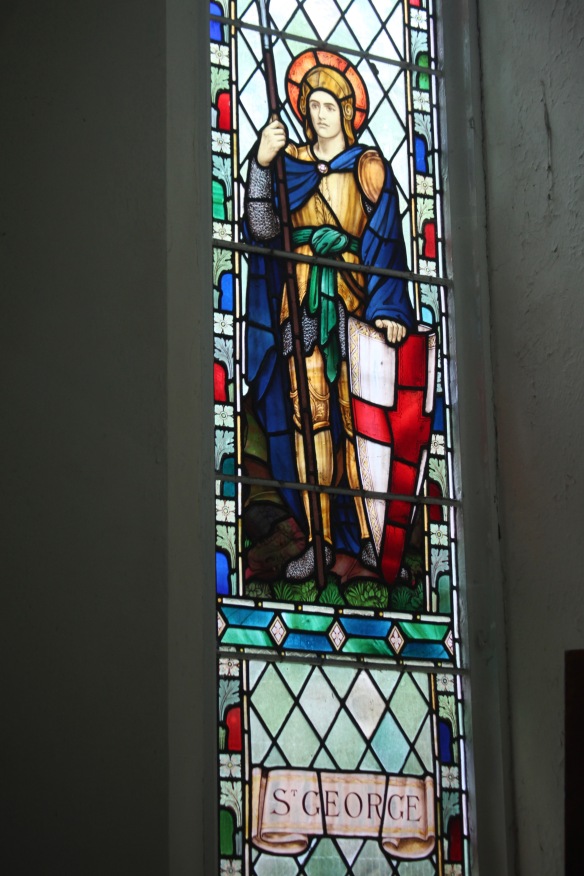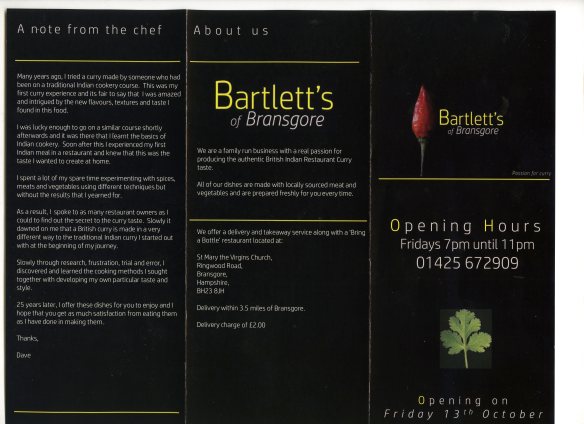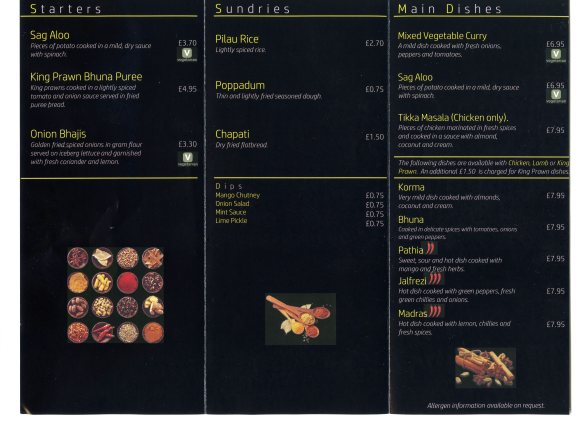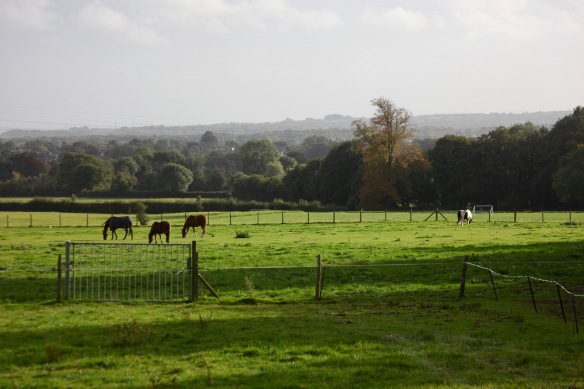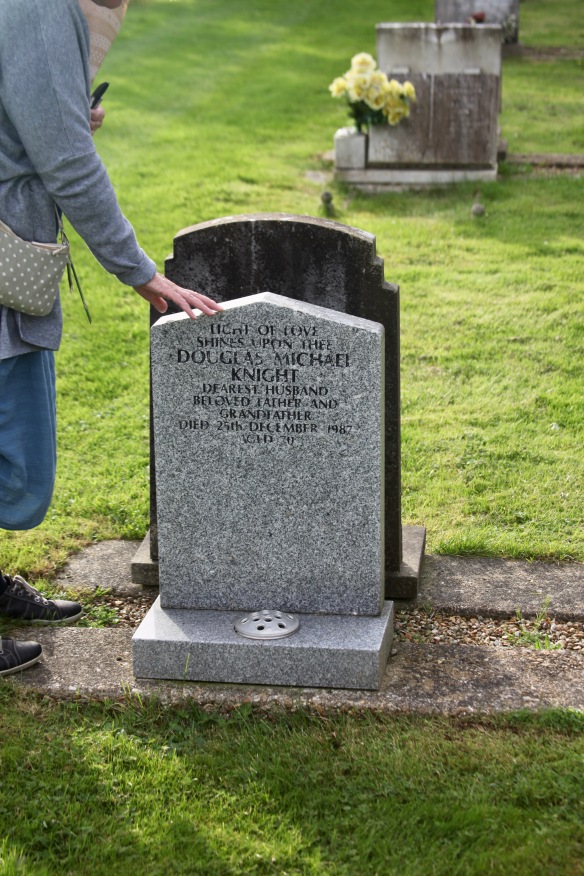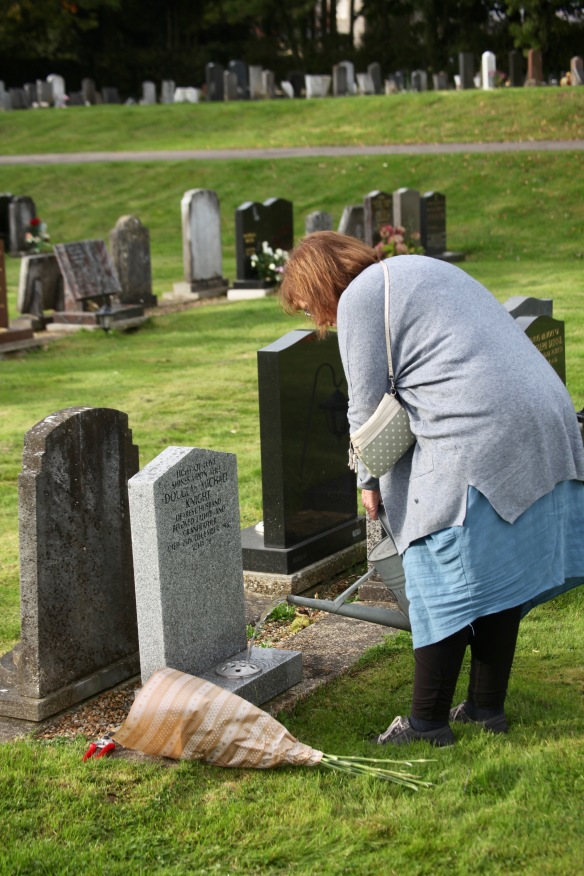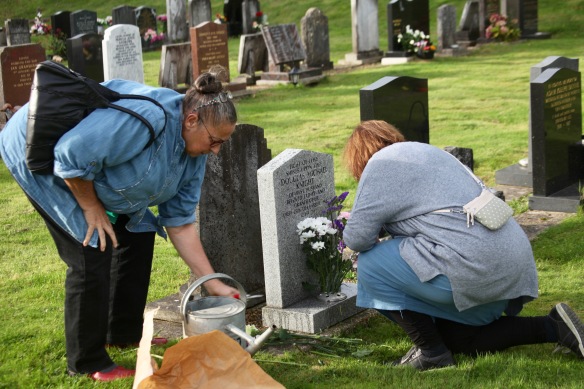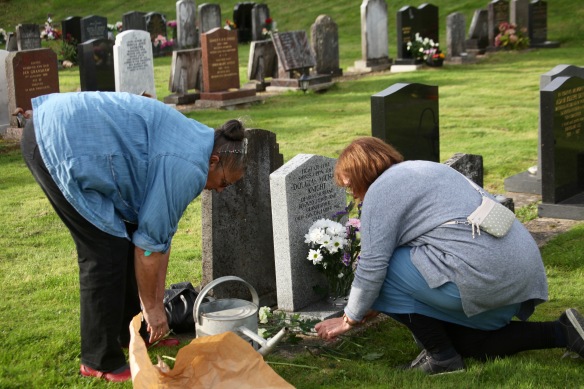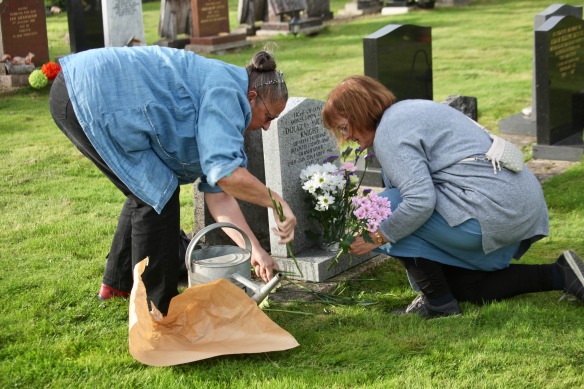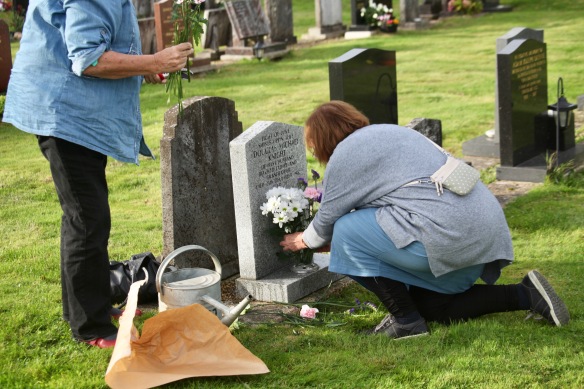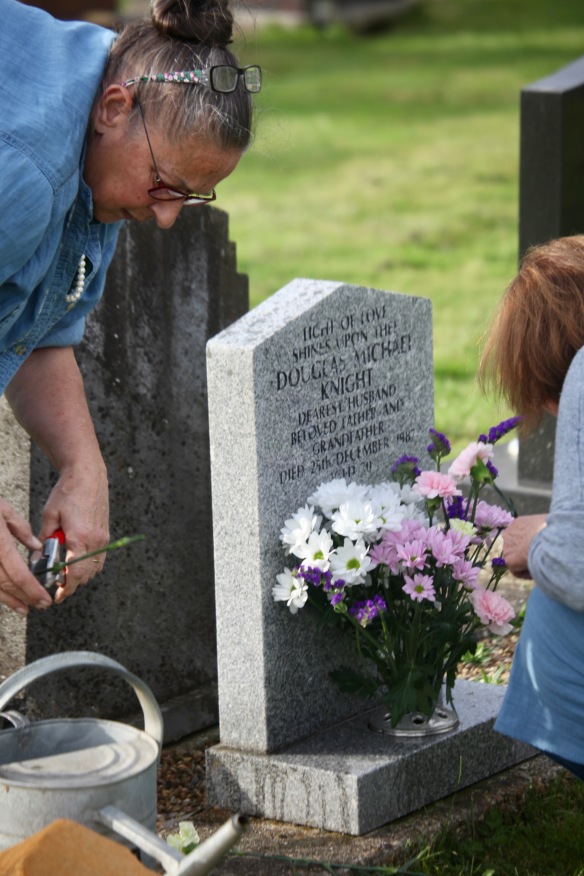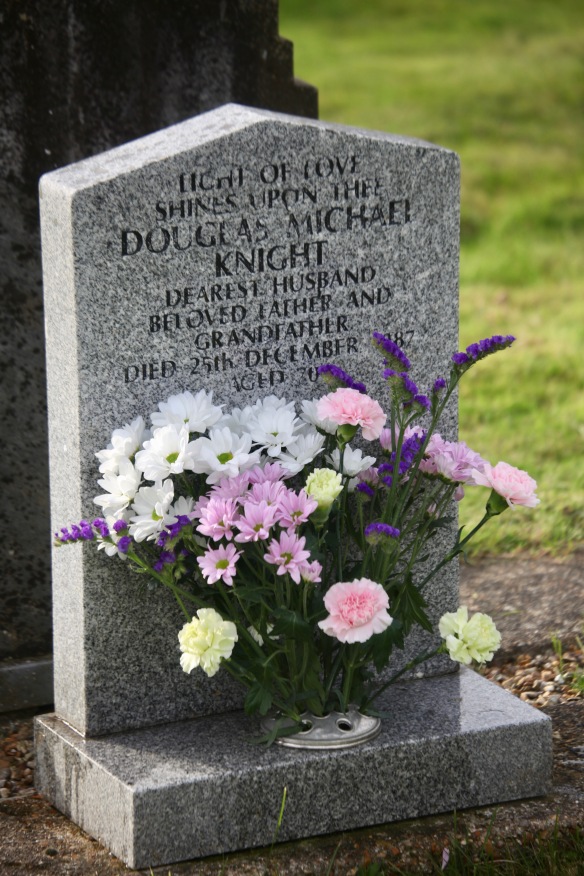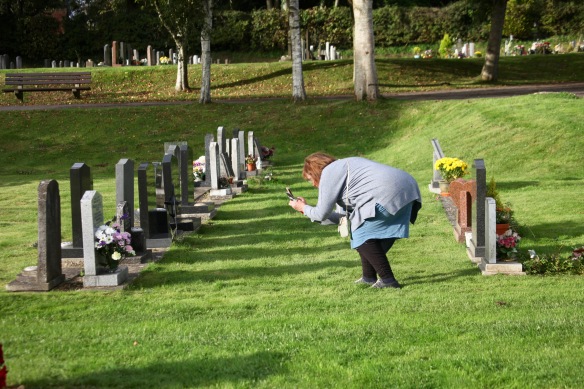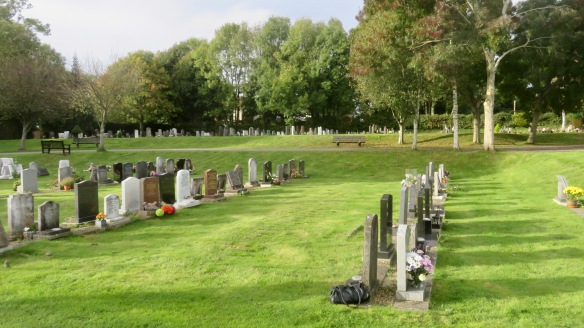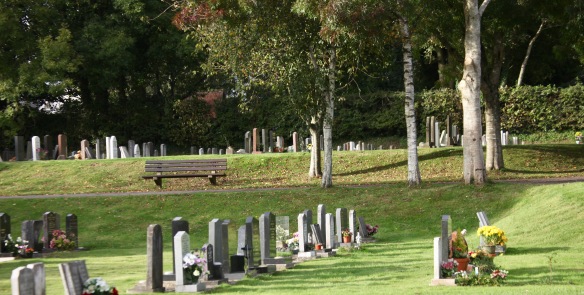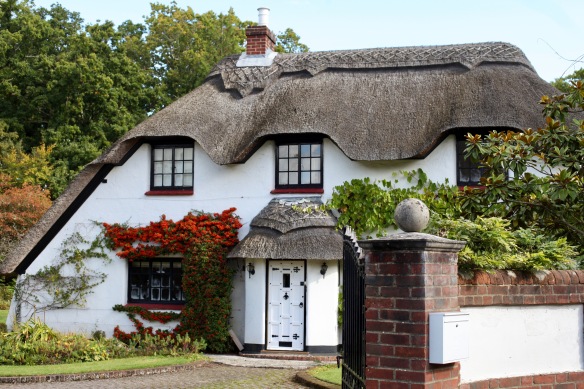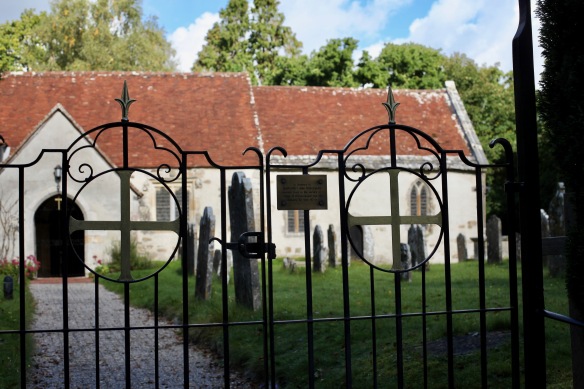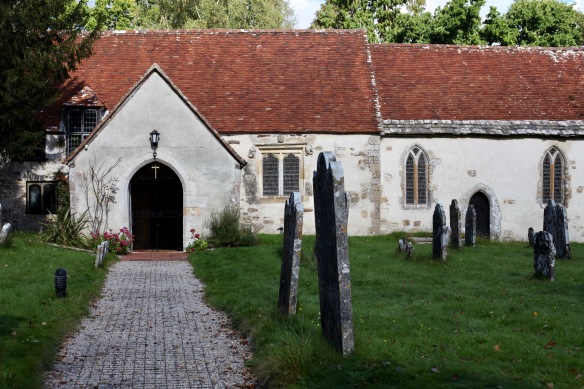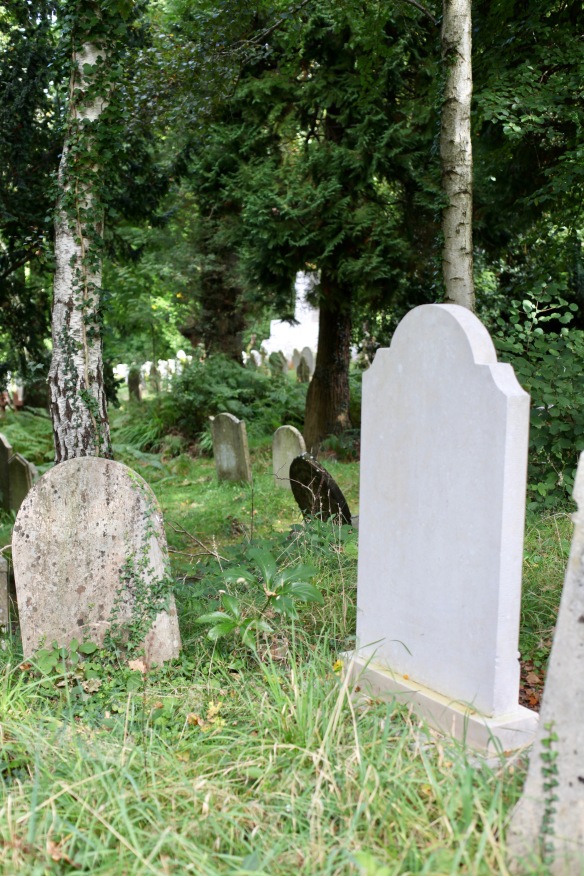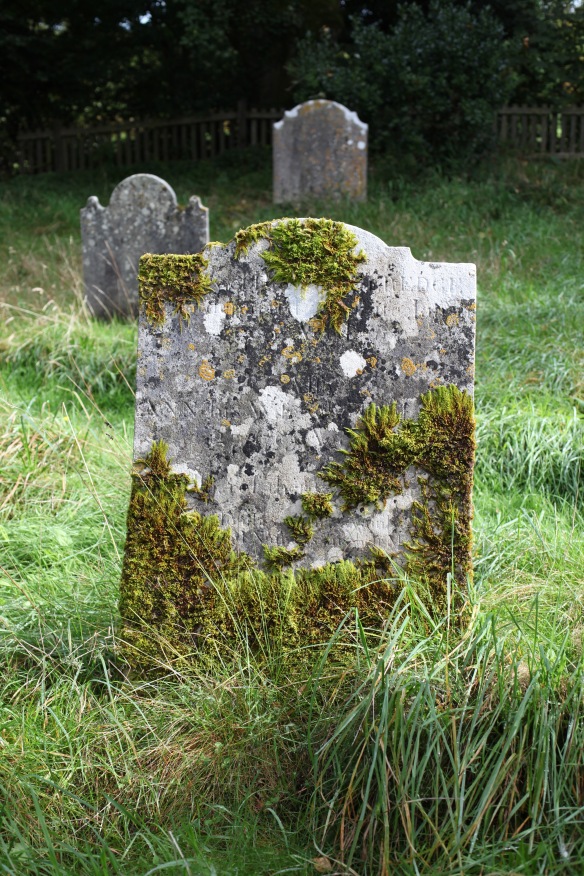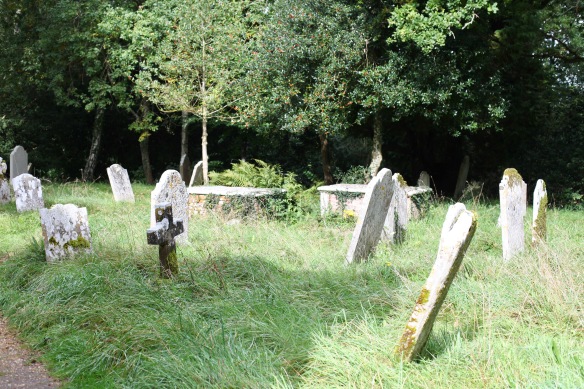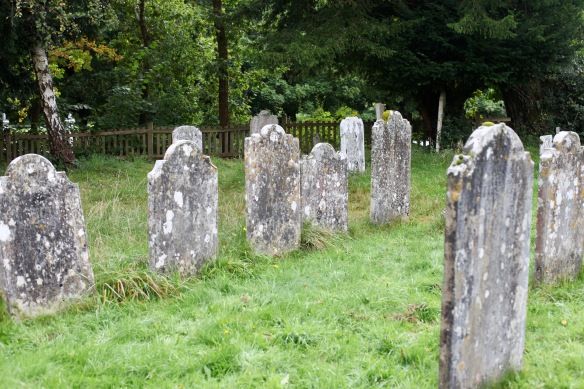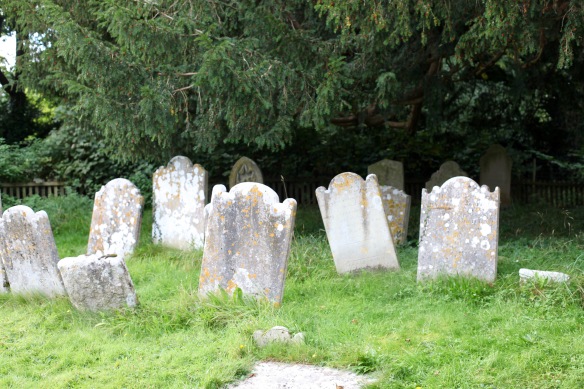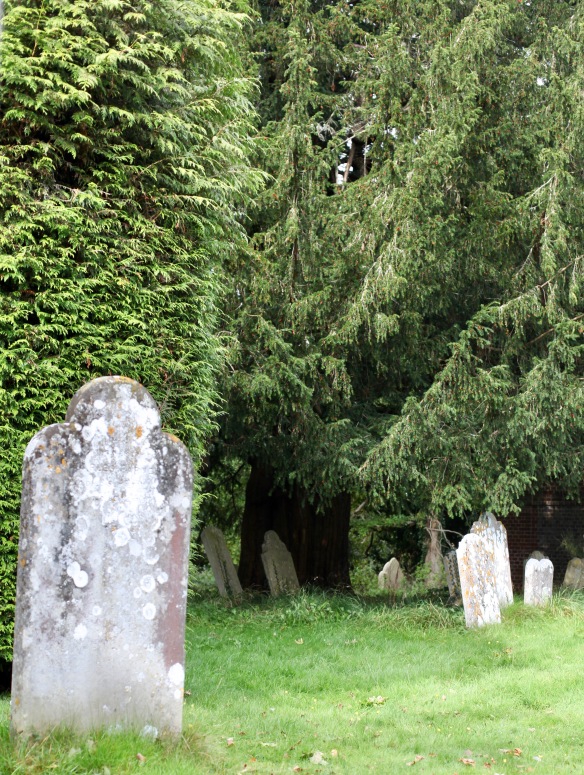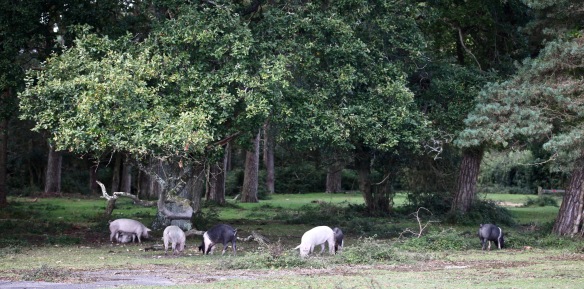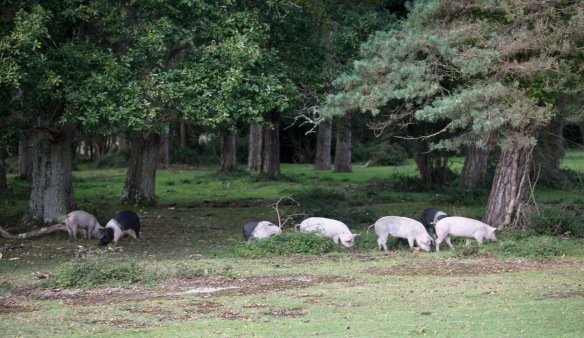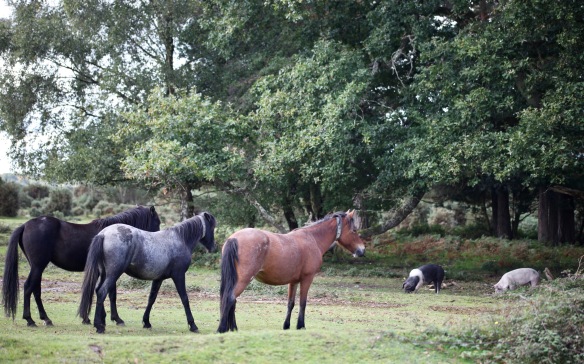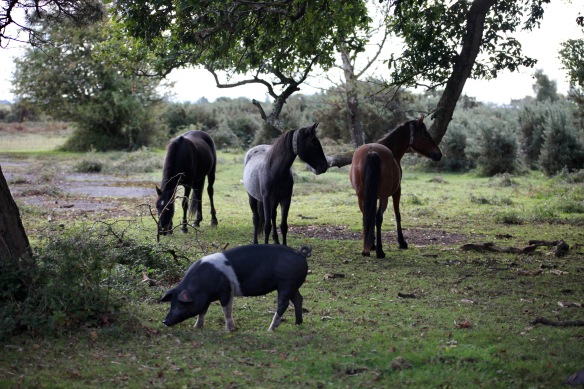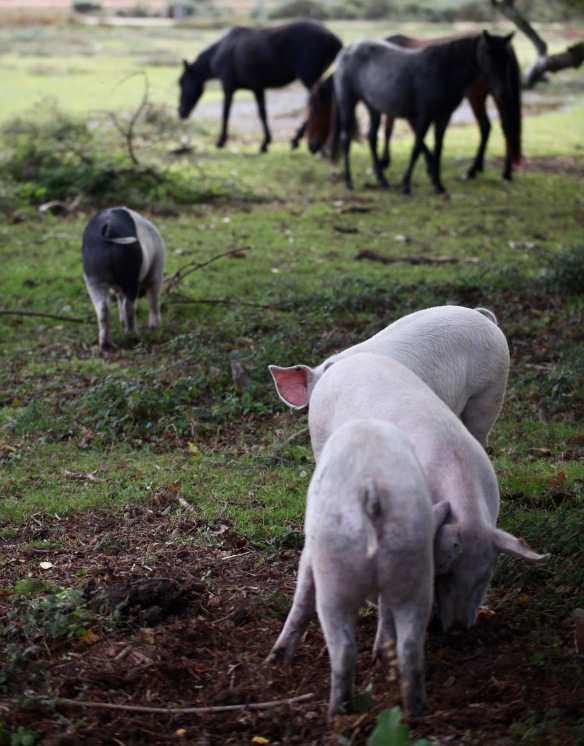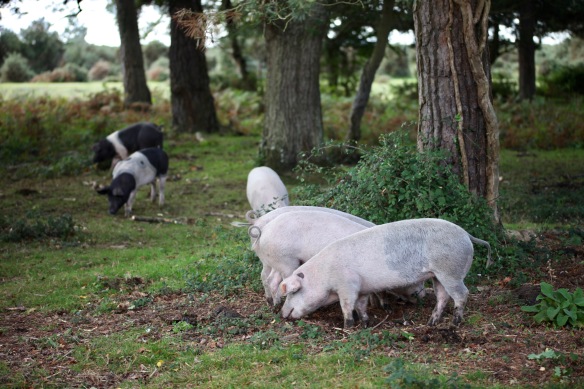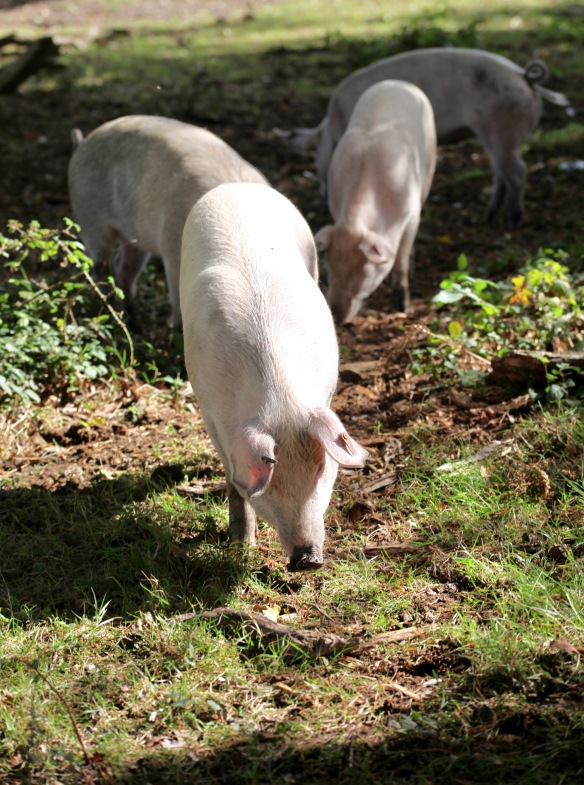CLICK ON ANY IMAGE IN A GROUP TO ACCESS ITS GALLERY, INDIVIDUAL MEMBERS OF WHICH CAN BE VIEWED FULL SIZE BY SCROLLING DOWN AND CHECKING BOX AT BOTTOM RIGHT. SINGLE IMAGES CAN BE ENLARGED WITH A CLICK WHICH MAY BE REPEATED IF REQUIRED

Aaron worked as hard as ever in the garden this morning. Lest it be imagined that he never takes a break, here is photographic evidence that we do allow him the statutory minimum.
It was not that long ago that I last photographed the garden from our bathroom window. This Wisteria was not then in bloom.
Our ubiquitous heucheras have now all sent up their flower stems.
Some of those are in the Rose Garden where the bushes are burgeoning, Roseraie de L’Hay bearing the first buds to open.
Numerous aquilegias are also standing proud;
one clump stands beside the shady path, still bestrewn with fallen camellia flowers.
The Viburnum Plicatum in the West Bed has also sprung to life in the last few days.

Our resident sparrow still guards his family from the rooftop.
In order to prevent the risk of infection when, this coming Friday, my left knee joint is to be replaced by a man made model, I will have to wear new slippers. In search of a pair, we drove to Sainsbury’s at Christchurch this afternoon. Their sizes stop at 10, so we will need to try again when more shops are open tomorrow. We didn’t waste our trip out. Jackie set us off to the North of the Forest.
Leaving the A338 at Mockbeggar Lane, Ibsley, we were intrigued by a notice suggesting that what Jackie discovered to have been St Martin’s Church was having a Closing Down Sale. In fact, as Wikipedia tells us, the church itself has been deconsecrated. Following the listing the church became the art gallery which is having the sale. Jackie entered the shop and pronounced it a purveyor of artificial flowers, anything of good quality being over-priced.
I, therefore, contented myself with a study of the surrounding graveyard. It seemed to me that the preponderance of dandelion clocks calling time on the neglected tombs of forgotten eighteenth and nineteenth century residents of the parish, was somewhat appropriate.
https://www.britishlistedbuildings.co.uk/101350890-church-of-st-martins-ellingham-harbridge-and-ibsley#.Wvhu0i-ZNBw give us this information concerning its Grade 2 listing: ‘Parish church. 1832 by John Peniston surveyor, on site of old church. Brick with
some blue headers, east wall partly reused dressed stone, plain tile roof. Plan
of single cell chancel and nave with north and south porches and small west tower.
To east end Y-tracery window in chamfered opening; corner buttresses. To each side
of 6 bays, pointed lancet in chamfered opening,except to west,buttresses between
bays and at each end except between west of centre bays which have gabled porch
with pointed, chamfered opening. West end has small cross-section tower in centre
with similar window, and offset belfry stage with west and east bell opening and
gabled roof. Inside brass of 1599 on floor by altar, tablet to Mary Ann Gray 1757
in brick paviour central aisle. On south wall monument 1627 to John Constable of
2 large kneeling figures between 2 columns to wide open pediment, both hold vine
with busts of their children. C18 Perpendicular style font. On north wall tablet
1757 to Cray. At east end prayer boards, above west door Royal arms board.
Gallery at west end of timber with later screen under to form vestry.’
Jackie informs me that all the mentioned features are still there inside, covered by the gallery’s wares. What now, I wonder?
A small herd of deer grazed in their usual field at Ogdens. When I poked my lens in their direction, one doe pricked up her ears and gave me a stare, decided I was harmless, and returned to her dinner.
On our way home down Roger Penny Way we noticed an interesting vehicle pulling into the car park of The Green Dragon. This was a Morris Cowley bullnose, first produce in 1915. Before entering the pub the driver placed a chock beneath the near side front wheel. I surmised that the vehicle was possibly not fitted with a handbrake.
Cadnam Lane was littered with sheep and the occasional punk pig. One of the pigs masqueraded as an outsize sheep; others, occasionally raising a sleepy snout, snoozed by the wayside.
This evening we dined on roast pork with superb crackling, new potatoes, carrots, and broccoli, with which Jackie drank Hoegaarden and I drank more of the Concha y Toro Malbec





